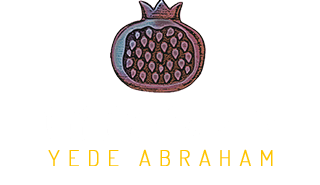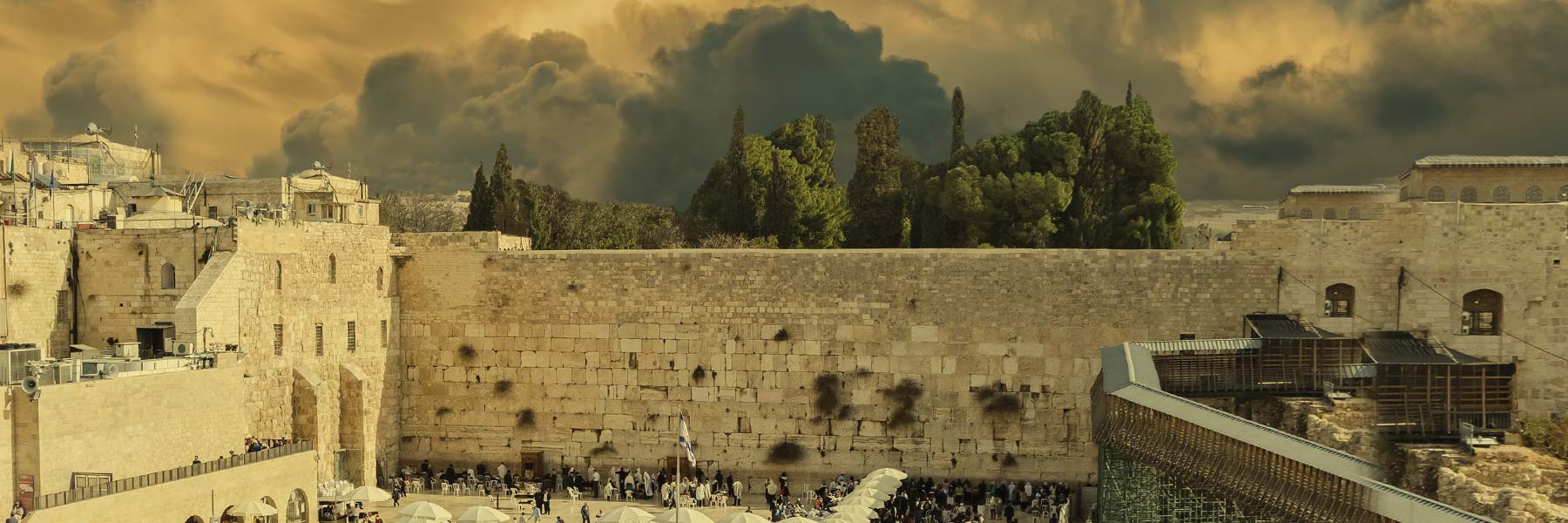Shabbat Beresheet
Arbit Shel Shabbat Beresheet
- The Hazzan announces the Mitsvot for opening the Hekhal (Hatan Torah), the Zemirot and the Haftarah.
- The Parnas leaves the Tebah and goes to the Hallway and joins the Hatanim. While the choir sings “Barukh Habbah,” the Hatanim walk in, each in his own procession. The Hatan Beresheet on the left side and the Hatan Torah on the right side until they reach their respective seats.
- The Hazzan starts Psalm 29, “Mizmor LeDavid” and choir and Kahal take over. The rest is as regular Shabbat except that we omit “Bame Madlikin.” Why???
- The Hekhal is opened at the end of Psalm 93 “Amonai Malakh” by the Hatan Torah.
- The Hazzan sings “Ahalle” as on page 28 of Festival book for the Hatan Beresheet, then Esh-al for the Hatan Torah.
- The first half of the Kaddish is to a festive melody and the 2nd half to the Despedida melody.
- Service continues as regular Shabbat.
- After the ‘Amidah, Vayekhulu, Me’en Sheba, Titkabbal, followed by Psalm 23 sung by the choir and Kahal.
- The festival Kaddish is sung on page 43.
- The Yigdal is sung to a special Simhat Torah melody.
- After the Yigdal the Tenu Shebahah is sung by the Hazzan, as indicated on page 116; this time first for the Hatan Beresheet, then on page 115 for the Hatan Torah. The ending Passuk is read in reverse order for each Hatan than when read on Simhat Torah.
- The Hekhal is then closed.
Shahrit Shel Shabbat Beresheet
- Zemirot are started with “Tehillat” to the Despedida tune.
- “Amonai Melekh” is chanted to the Despedida tune also.
- The Hekhal doors are opened at Barukh She-amar.
- Before Nishmat, the Hazzan starts with “Todot El.”
- The 1st half of the Kaddish preceding Barekhu in festive melody is introduced from “Haboher Beshire.” The 2nd half is in the Despedida melody.
- The rest as regular Shabbat. Except that the Kedushah is to the Despedida tune also.
- After the ‘Amidah (Reminder: Mashib Haruah), Kaddish Titkabbal.
- New York: After the Kaddish Titkabbal, the Hazzan intones “Lamnatseyah Binghinot” and the choir and Kahal follow.
- New York: The Hatanim enter during Lamnatseyah. Their seating is like yesterday eve, reversed from that of Simhat Torah. The Hazzan then continues with the Hanoten and various Mi Sheberakhs. The order for those for the Hatanim is reversed than on Simhat Torah.
- The Parnas comes to the Tebah and the mitsvot for the Sefer Torah are announced as follows:
- … Sheyiftah Et Sha’are Hahekhal…
- … (Hatan Beresheet) Sheyotsi Sefer Hatorah (Beresheet)..
- … sheye-ehoz Et ‘Ets Hayim shel Sefer Hatorah…
- … Sheyighlol Sefer Hatorah …
- … Sheyaghbiya’…
- … Sheyelaveh Et Sefer Hatorah…
- Cohanekhah, etc…
- When the procession starts the Hatan Beresheet carries the Sefer Torah to the Tebah, gives it to someone on the Tebah and then goes back to the banca of the Parnas and waits to be called as first one instead of a Cohen. (It is customary that only during the calling and the Berakhah before the reading the Cohanim are not present in the Synagogue).
- Sefer Torah Shabbat Beresheet
- The Hatan Beresheet is called with “Hatan Na’im ‘Aleh” see p. 268 & p. 269 of the Festival book. The Choir takes over. (In New York, we do not say the third stanza).
- The Hatan Beresheet comes, accompanied, to the Tebah and says his Berakhah. The Hazzan offers the Yad to the Hatan Beresheet and he or the Hazzan reads the first chapter of Genesis. The Hatan Beresheet then recites the final Berakhah of the Torah, and the Hazzan recites the Mi Sheberakh. (He remains on the Tebah)
- The Hazzan now calls up the Hatan Torah (as Sheni) in the same manner as the Hatan Beresheet. He also remains on the Tebah.
- The Hatan Torah comes, accompanied, to the Tebah and says his Berakhah. The Hazzan offers the Yad to the Hatan Torah and he or the Hazzan reads the second section of Beresheet.
- Both Hatanim will return with the Sefer Torah.
- This time, obviously there is no “Lekhu Hatanim….”
- The Haftarah (which could be Mahar Hodesh) includes the Pesukim “Sos assis…” which are first sung by the Kahal then repeated by the Haftarah reader.
- Bircat Hahodesh for Heshvan.
- Yehi Hasdekha by the next Hazzan.
- The return of the Sifre Torah procession is in the following order: Hatan Beresheet (with Sefer Torah), Hatan Torah, Hazzan, Parnas, 1st Trustee, 2nd Trustee, and Accompagnan.
- The Hekhal remains open.
Mussaf Shabbat Beresheet
- The Mussaf is read as on regular Shabbat.
- En Kelohenu and Adon Olam are sung to the Despedida tune.
- After Adon ‘Olam, the Mi Sheberakhs are sung by the Hazzan for the Hatan Beresheet and Hatan Torah see p. 115 and p. 116. Recently the TENU SHEBAHAH was once chanted in the morning.
- The Hekhal doors are closed at the end.
Minhah Shabbat Beresheet
- Kedushah and Kaddish are to the Despedida tune.
- No Hashcabot, No Tsidkatekha.
- Read as on regular Shabbat “Odeh Amonai.”
- At the end of Service, No Pesukim.
‘Arbit Motsa-e Shabbat Beresheet
- Start from “Utshu’at…”
- After the ‘Amidah, regular. Yehi shem, Kaddish Le’ela, Shubah, “Veatah Kaddosh…,” and Kaddish Titkabbal.
- The Habdalah is then recited as usual over Yayyin, Besamim and Or.
- After the Habdalah, Essa ‘Enai, Kaddish and ‘Alenu.

